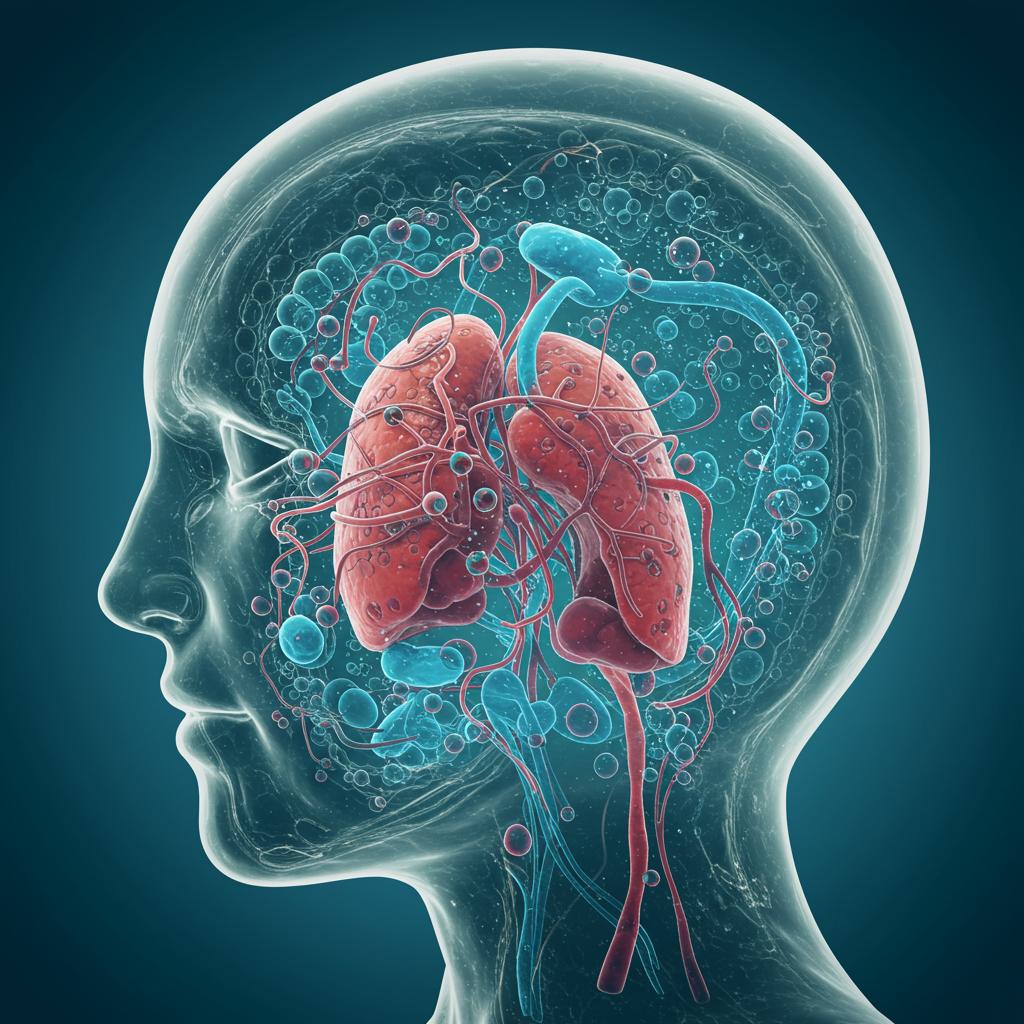
Feeling down? Depression is a tough battle, and finding effective treatments is crucial. Scientists are constantly searching for new ways to combat this pervasive condition, and one promising avenue involves a somewhat surprising drug: ketamine. While traditionally used as an anesthetic, ketamine has shown remarkable potential in providing rapid and long-lasting relief from depression, even in cases where other treatments have fallen short. But how does it actually work? That’s the million-dollar question researchers have been diligently exploring.
Recent studies have shed some light on the intricate mechanisms behind ketamine’s antidepressant effects. It turns out that ketamine isn’t just numbing the pain; it’s actively changing the way our brains function at a molecular level. Specifically, research has focused on the impact of ketamine on gene expression within certain brain cells, offering clues to its lasting impact.
One of the key discoveries involves a gene called Kcnq2, which seems to play a vital role in regulating ketamine’s action within the hippocampus, a brain region essential for learning and memory, and heavily implicated in mood regulation. Think of the hippocampus as the brain’s emotional control center – and Kcnq2 as a crucial player in keeping that center balanced.
- Ketamine’s impact isn’t just short-lived; it produces a sustained antidepressant response. This is particularly significant for individuals who haven’t found relief with traditional antidepressants.
- The Kcnq2 gene is a key player. This gene acts like a volume knob for neuronal activity in the hippocampus, influencing how brain cells communicate.
- Retigabine, a drug that activates KCNQ channels (the proteins made by the Kcnq2 gene), can boost ketamine’s effectiveness. This exciting finding suggests a potential combination therapy that could amplify ketamine’s positive effects.
To explore this further, researchers conducted a series of experiments involving molecular analysis, electrical recordings of brain cell activity, behavioral observations in mice, and pharmacological manipulations. They discovered that giving retigabine alongside ketamine enhanced its antidepressant-like effects. What’s even more interesting is that retigabine didn’t have the same boosting effect on traditional antidepressants like escitalopram. This suggests that the Kcnq2 pathway is specifically involved in ketamine’s unique action, rather than being a general mechanism for all antidepressants.
The implications of these findings are significant for the future of depression treatment. By understanding precisely how ketamine works, scientists can develop more targeted and effective therapies. The Kcnq2 gene and its related protein channels offer a new therapeutic target, potentially paving the way for combination treatments that maximize the antidepressant benefits of ketamine while minimizing potential side effects. While further research is crucial, these discoveries represent a major leap forward in our understanding of depression and the search for innovative solutions. This research holds promise not only for those who struggle with treatment-resistant depression but also for refining and improving ketamine-based therapies to offer faster, more effective, and longer-lasting relief.
